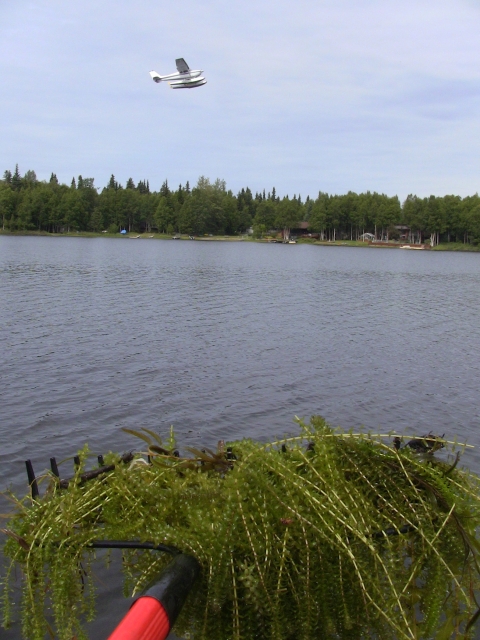Invasive species pose a significant threat to the ecological, economic, and cultural integrity of America’s lands, waters, and the communities they support. Once established, they can outcompete or even lead to the extinction of native species, reducing biodiversity and increasing vulnerability to disease and other environmental stresses. They can also lead to costly damage to infrastructure, such as roads, canals, and levees.
Controlling invasive species invasive species
An invasive species is any plant or animal that has spread or been introduced into a new area where they are, or could, cause harm to the environment, economy, or human, animal, or plant health. Their unwelcome presence can destroy ecosystems and cost millions of dollars.
Learn more about invasive species can be difficult, expensive, and is often ongoing. When considering management approaches, a host of factors must be considered, such as cost-effectiveness, the likelihood of reinvasion, and the availability of resources. In certain areas, eradication, or the removal of an entire population of an invasive species, can be a feasible solution for both newly introduced invasive species and ones that are already well-established. Eradicating invasive species results in substantial ecological and economic benefits to the surrounding communities.
Recognizing the importance of eradication outcomes in invasive species management, the Department of the Interior has announced the availability of up to $3 million in funding from the Bipartisan Infrastructure Law Bipartisan Infrastructure Law
The Bipartisan Infrastructure Law (BIL) is a once-in-a-generation investment in the nation’s infrastructure and economic competitiveness. We were directly appropriated $455 million over five years in BIL funds for programs related to the President’s America the Beautiful initiative.
Learn more about Bipartisan Infrastructure Law for projects that seek to eradicate invasive species. While control and suppression of invasive species are important in many cases, the emphasis of this funding opportunity is on eradicating them from a defined area where it is a feasible and achievable management goal. This funding provides an opportunity for us to invest in protecting our lands and waters by removing an entire population of invasive species and supporting a balanced ecosystem.
This announcement also supports the Department of the Interior’s restoration and resilience framework to leverage historic investments in climate and conservation and promote landscape-level outcomes across the nation. Through the Investing in America agenda, the Department is investing more than $2 billion to restore our nation’s lands and waters, which in turn helps meet conservation goals set through the America the Beautiful Initiative.
The Department is working with partners to identify, enhance, and collaborate on invasive species eradication activities, build new tools, and support coordinated processes to proactively eradicate new invasive species before they spread and cause increased harm. This $3 million Funding Opportunity to Eradicate Invasive Species will be administered within the existing authorities of the U.S. Fish and Wildlife Service’s Fish and Aquatic Conservation program and coordinated across the Department’s bureaus.
The Department encourages leveraging science and technology to increase the likelihood of invasive species eradication and long-term success. Proposals will be considered for on-the-ground projects that eradicate an invasive species and projects that advance research that increase the effectiveness and near-term availability of eradication tools.




